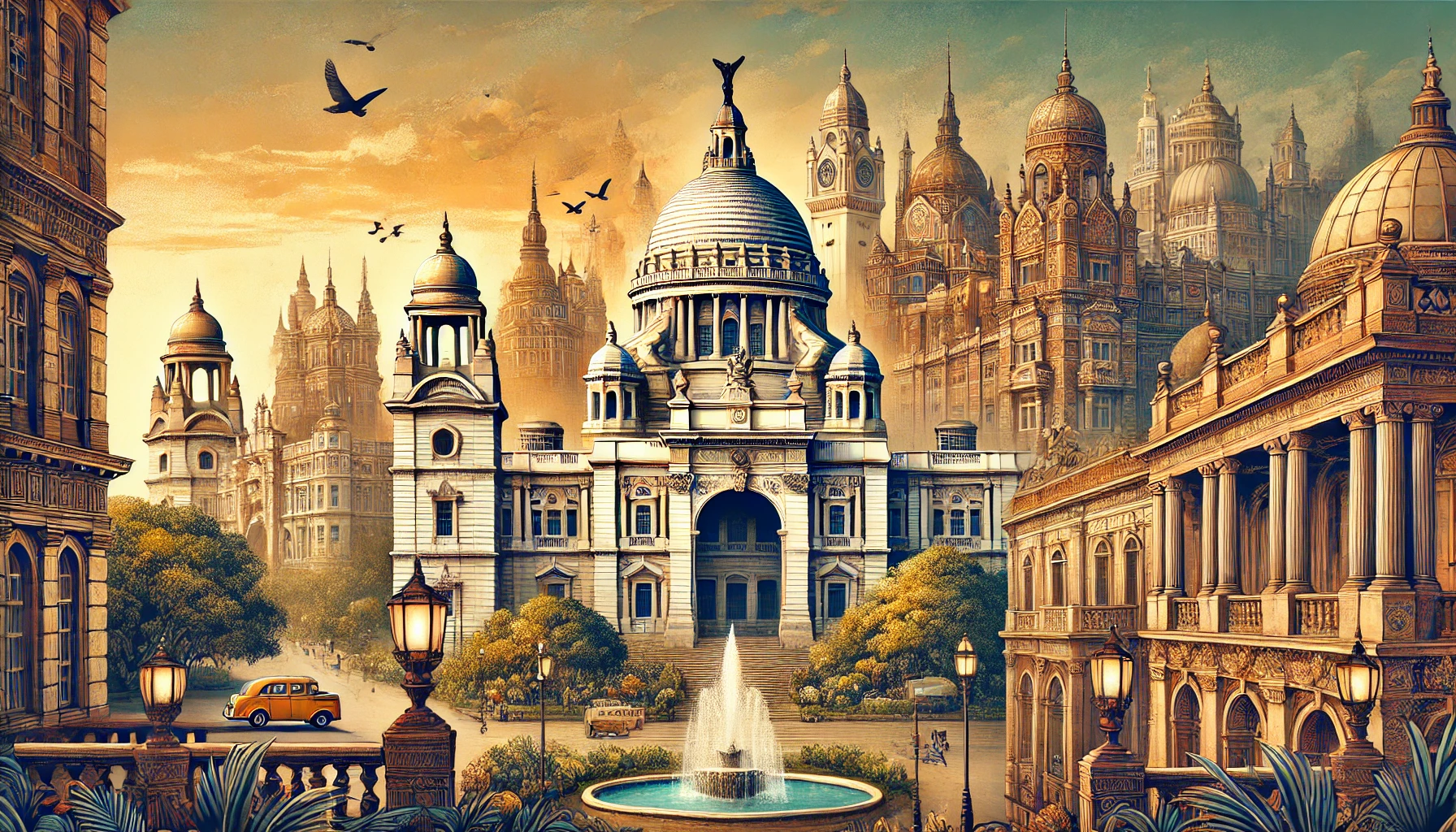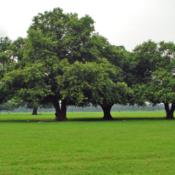
Kolkata’s Heritage Architecture: A Walk Through the City’s Colonial Past
Kolkata, the cultural and intellectual heart of India, is a city where history whispers through its streets and monuments. Once the capital of British India, the city boasts a stunning array of architectural landmarks that capture its colonial legacy, fused with local aesthetics. Exploring these heritage structures is like stepping into a time capsule, offering a glimpse of the city’s grandeur and evolution.
1. Victoria Memorial: The Jewel of the Raj
Dominating the Kolkata skyline, the Victoria Memorial is a testament to the city’s colonial past. Built between 1906 and 1921 in honor of Queen Victoria, this white marble edifice is a fusion of British and Mughal architectural styles, often referred to as Indo-Saracenic. The sprawling gardens, designed by Lord Redesdale, add to its regal charm. Inside, the museum houses an impressive collection of paintings, manuscripts, and artifacts that narrate the history of British India. A stroll through this monument evokes a sense of nostalgia and admiration for its timeless beauty.
2. Marble Palace: A Neoclassical Gem
Nestled in the heart of North Kolkata, the Marble Palace is a lesser-known treasure. Built in 1835 by wealthy merchant Raja Rajendra Mullick, this mansion is a blend of neoclassical and traditional Bengali architecture. Its interiors are adorned with Venetian glass, chandeliers, and priceless art, including works by Rubens and other European masters. The lush gardens and aviary on the grounds further enhance its allure. Despite being a private residence, the Marble Palace opens its doors to visitors, offering a rare peek into the opulent lifestyle of Bengal’s elite during the 19th century.
3. Writers’ Building: The Seat of Power
Standing tall in B.B.D. Bagh, the Writers’ Building is a red-brick structure that has been synonymous with governance for centuries. Originally constructed in 1777 to house clerks (or “writers”) of the British East India Company, it underwent multiple renovations to achieve its present grandeur. Its Greco-Roman facade, complete with towering columns and statues, reflects the city’s colonial heritage. Today, while the building awaits restoration, it remains an iconic symbol of Kolkata’s historical and political significance.
4. St. Paul’s Cathedral: A Gothic Marvel
As one of the first Anglican cathedrals built in Asia, St. Paul’s Cathedral is an exquisite example of Gothic Revival architecture. Completed in 1847, its stained-glass windows and intricate frescoes transport visitors to a bygone era. The tranquil gardens surrounding the cathedral provide a serene escape from the city’s bustle, making it a favorite spot for locals and tourists alike.
5. Howrah Bridge: A Modern Industrial Icon
While not a colonial building, the Howrah Bridge, completed in 1943, is an engineering marvel from the British era. This cantilever bridge, stretching across the Hooghly River, connects Kolkata to Howrah and remains a lifeline for the city. Its robust steel structure is a symbol of resilience and innovation, serving as a reminder of Kolkata’s industrial heritage.
Preserving the Past
Kolkata’s architectural heritage is a source of pride and identity for its residents. However, many of these structures face challenges due to urbanization, neglect, and pollution. Efforts by the government and conservationists aim to restore and preserve these landmarks, ensuring they continue to inspire future generations.
Conclusion
Kolkata’s heritage architecture is more than just bricks and mortar—it’s a chronicle of the city’s journey through time. From colonial grandeur to local adaptations, these monuments are silent witnesses to history. Walking through their corridors and gardens, one can almost hear the echoes of a bygone era. Whether you’re an architecture enthusiast, a history buff, or a curious traveler, Kolkata’s architectural wonders promise an unforgettable experience.



